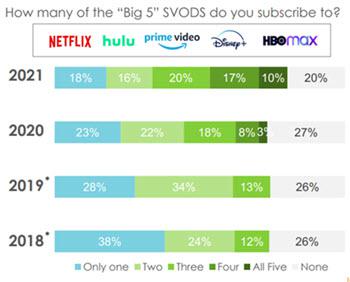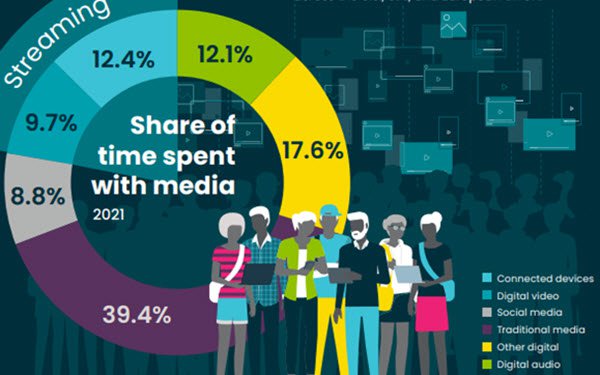Here's something for local-direct clients to understand more about email marketing: Philip Jay LeNoble, Ph.D.
COMMENTARY
Is Email Enough? Not Unless It's Personalized, Shoppers Say
- by Ray Schultz , Columnist, Yesterday
Email marketers are clueless about how consumers perceive them
Fully 50% marketers believe that most of the emails they have sent in the past six months have been personalized. But only 34% of shoppers agree.
Indeed, 53% of consumers feel the emails they got were generic, rather than tailored to them, according to the Cordial Cross-Channel Marketing Study, a dual survey of marketers and consumers conducted by Cordial, with the Harris Poll and Momentive.
What’s holding up personalization? Among marketers, 74% admit there are obstacles:
- Lack of resources: we have too much else to do—25%
- Data formatting: we can’t use the data we have without time and effort to prepare it—14%
- Lack of experience: our team lacks the skills we need—12%
- Data access: We’re unable to access the data we need when we need it—12%
- Platform: our current vendor makes it hard to do what we want—10%
Another issue is that 35% of marketers need three or more platforms to create and send emails and tasks. Only 24% can send them through a single platform.
On the positive side, 30% of consumers who shop in response to emails have signed up to receive more than they did before the pandemic. And 31% have opted in for more text messages.
Thus, 61% of email marketers grew their email subscription list in the last six months, and 49% their SMS file.
And they plan to use them: 82% of marketers plan to increase the number of emails they send over the next year. And 75% plan to do the same with their text messages.
Overall, 83% of consumers have shopped in response to emails from brands, and 67% have from text messages. But only 15% do so always or often, versus 13% for text. Another 43% sometimes shop in response to emails, while 29% due to texts.
So an opportunity awaits. Of the consumers polled, 59% of the consumers who shop online purchased more during the pandemic, 23% more.
And, overall, 47% of consumers always or often shop online, versus 53% who go to stores to do their shopping.
In line with this, 56% of brands have seen increased sales online, with 16.5% reporting significant upticks.
In general, 60% of shoppers are likely to purchase a product from a brand they’ve never heard of before.
Marketers also have a generational opportunity — 41% of Gen Zers have signed up to get more emails from brands, compared to 44% of millennials, 27% of Gen Xers, 24% of those in the 55-64 category and 11% of those age 65+.
In contrast, 37% of Gen Zers have subscribed to more texts, 48% pf millennials, 25% of Gen Xers, 26% of those age 55-64 and 12% of the 65+ cohort.
As to the future, 62% of shoppers plan to buy online this holiday season, given concerns about the Delta variant. This tops the 59% who said they shopped more online in 2020 due to the pandemic.
Of the consumers who say most of the emails they received were personalized, 28% are more likely to shop in response to emails from brands, versus 11% of those who felt the emails were generic. When it comes to text, the numbers are 26% and 11%.
“The acceleration of ecommerce has been the defining story of the pandemic for retailers,” states Carrie Parker, senior vice president, marketing at Cordial. Parker. “Consumers are shopping earlier, and online, to ensure they can get what they need.”
Parker adds: “This holiday season represents a real make-or-break moment for many retailers to ensure they are keeping customers informed of relevant real-time changes with product availability and communicating in a meaningful way.”
The real secret to email success? Triggered emails. Basic triggers such as browse, cart abandonment and subscription reminders can drive a 43% lift in average order value.
Moreover, brands generate 42% of their email revenue from triggers and automations, but these account for only 7% of total email volume.
Cordial worked with the Harris Poll to survey more than 2,000 consumers between August 10-12, 2021, and with Momentive to poll more than 550 marketers from September 9-12.






















